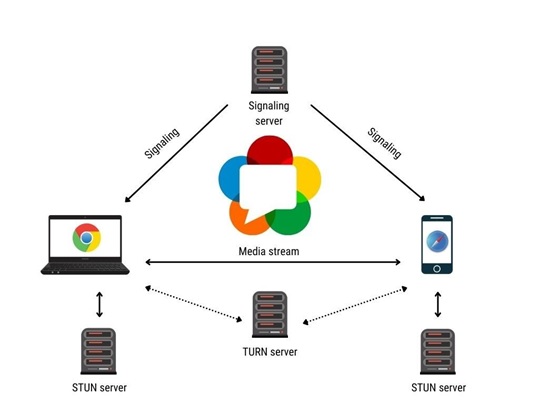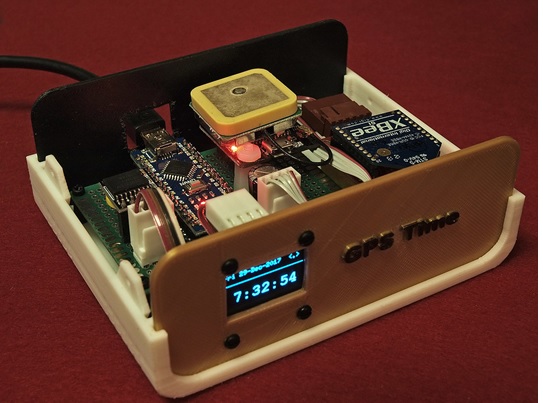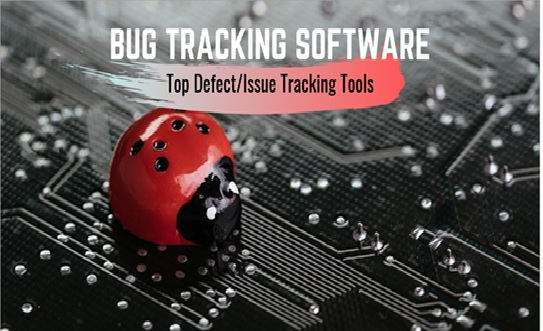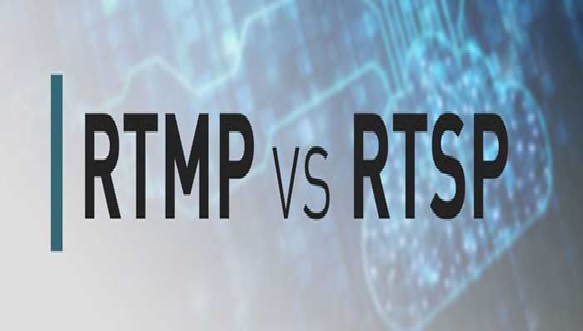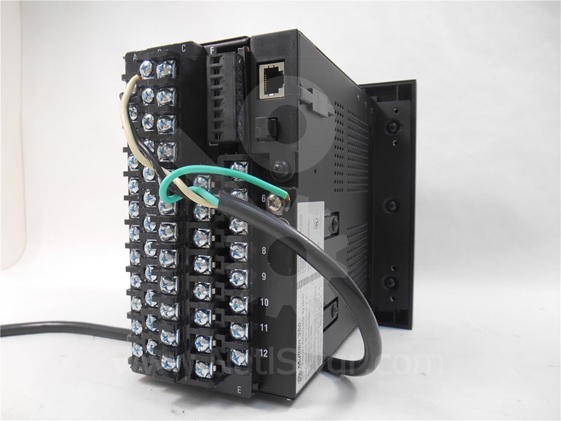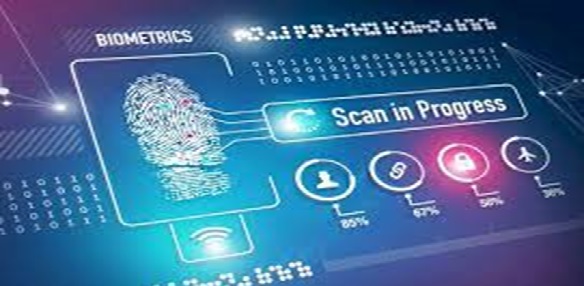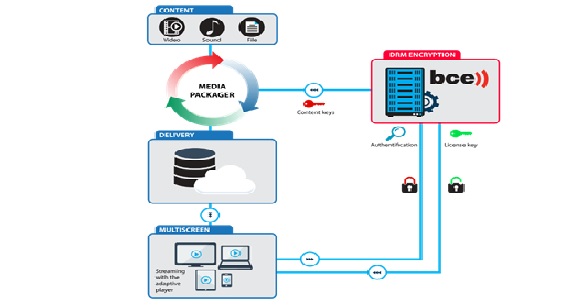Electronic Article Surveillance (EAS)
Electronic Article Surveillance (EAS) is a technology used to identify items as they pass through a gated area. Typically this identification is used to alert someone of the unauthorized removal of items from a store, library, or data center.
There are several types of EAS systems. In each case, the EAS tag or label is affixed to an item. The tag is then deactivated when the item is purchased (or legally borrowed) at the checkout desk. When the item is moved through the gates (usually at a door to the premises), the gate is able to sense if the tag is active or deactivated and sound an alarm if necessary.
EAS systems are used anywhere there is a chance of theft from small items to large. By placing an EAS tag on an item, it is not necessary to hide the item behind locked doors and so makes it easier for the consumer to review the product. Today's EAS source tagging, where the tag is built into the product at the point of manufacture or packaging, has become commonplace. This makes the labeling of goods unnecessary, saving time and money at the store.[1]
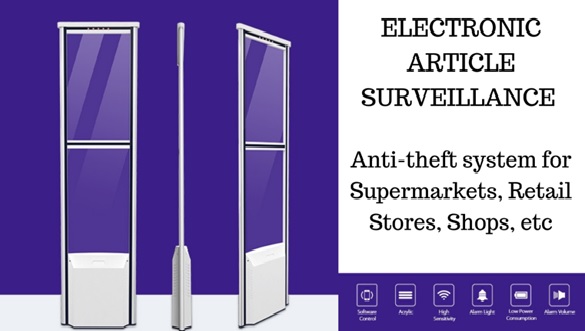
Figure 1. The Electronic article surveillance (EAS)
Figure 1 shows Electronic article surveillance (EAS) alarm systems are triggered when someone leaves a store or building with a product having an active tag or label attached to it. EAS systems are often applied to prevent shoplifting in stores or theft of valuable properties from e.g. public buildings. There are several types of EAS solutions available. Century Europe’s EAS product range consists of:
- AM (acoustic-magnetic) systems
- RF (radio frequency) systems
- Systems combined with RFID
- Systems that are RFID-ready
- RFID only
Basic Types of Electronic Article Surveillance (EAS) Systems
EAS was invented in 1966 by an American inventor Arthur Minasy. Since then, the EAS technology has evolved, and different types of it have come and gone. The two most common ones that are still widely in use today are AM (acousto-magnetic) and RF (radio frequency) systems.
A deep technical discussion about the differences between the two systems is beyond the scope of this article, so we will just go over the basic differences that matter most to retailers. The AM systems work at the frequency of 58 kHz (kilohertz), while the RF systems work at the frequency of 8.2 MHz (megahertz). Visually they are very similar, and to an untrained eye they look the same.
The most important thing to know is that EAS tags only work with the type of a system they are designed for. This means that AM systems can only detect AM tags, and RF systems can only detect RF tags. It doesn’t matter if the system, tags and labels in the store are from different manufacturers – it only matters that they work on the same frequency (AM or RF).
A retail chain will typically have either AM or RF technology in all its stores, and will seldom have both. This is done to simplify the operations and not accidentally mix up and send wrong tags to a store.
AM systems are very easy to install any use. They are reliable and resistant to radio or magnetic interference. They are popular among a variety of retailers, especially apparel stores. A wide variety of EAS tags exists that work with AM systems for a wide variety of merchandise. One drawback to AM systems is that paper-thin labels are not available for them. An AM label is a bit thicker and not particularly flexible, so it is unsuitable for food packaging and other merchandise where a simple label is needed.[3]
References:
- https://www.aim-na.org/aidc-technology.html
- https://www.century-eu.com/solutions/product-protection-electronic-article-surveillance.html
- https://www.prosegur.us/newsdetails/usa/what-is-electronic-article-surveillance-eas
Cite this article:
Thanusri swetha J (2021), Electronic Article Surveillance (EAS), Anatechmaz, pp. 21




